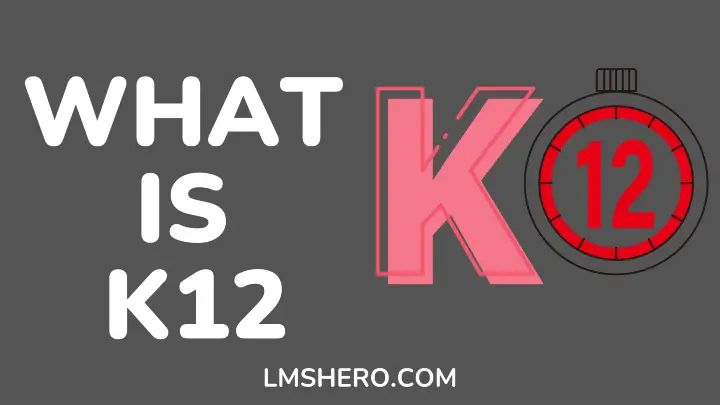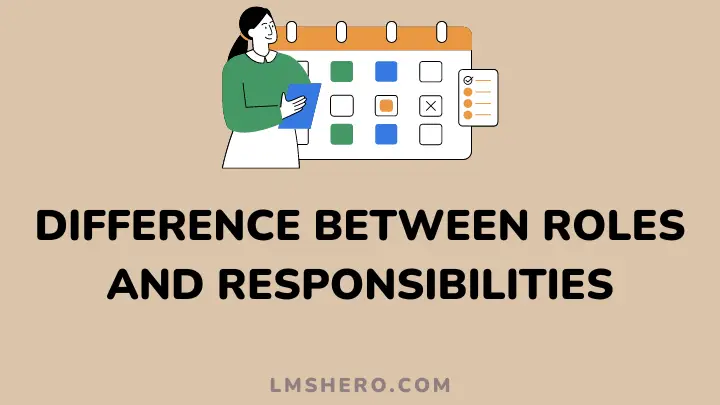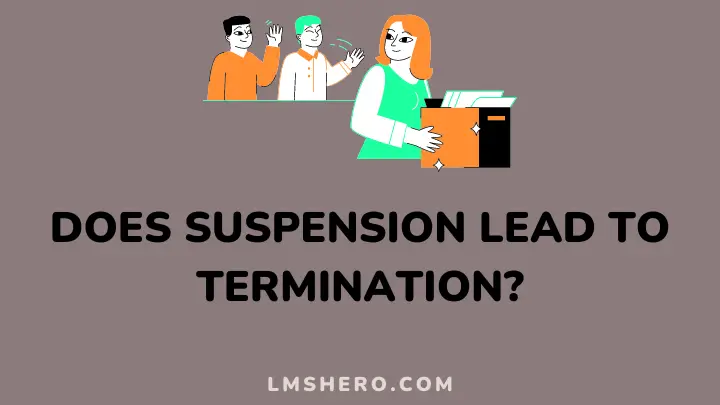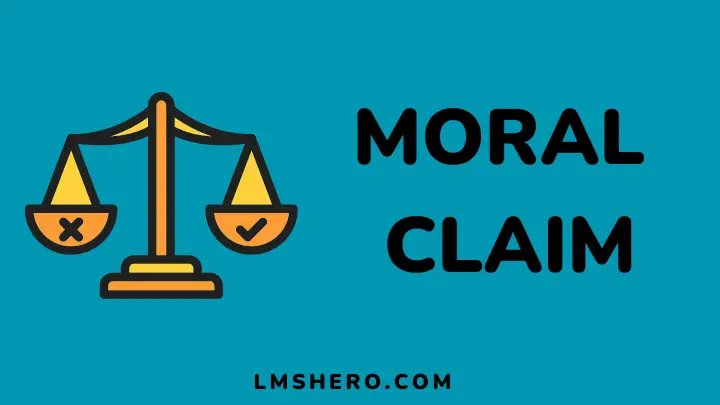Every sufficiently advanced country uses a specific operation model in all its sectors, from politics to finance, welfare, and even education.
Applying these models in running a government makes much sense because it helps allocate resources significantly easier.
In this article, I will focus on the operational model of the educational sector of the United States, specifically the primary and secondary sectors.
In the United States, education is primarily the function of the state and local government. Each state has its department of education that controls the allocation of finance, recruitment of teachers, school curriculum, and the number of years of compulsory schooling.
Although education in some states is compulsory till the age of 16, it is essential to note that primary and secondary schooling in the United States ends in Grade 12.
Upon completion, the student receives a GPA that helps them determine the next step in their career.
The kindergarten to grade 12, or K12 education system as it’s popularly called, is our main focus in this article.
What Does K12 Mean?
K12 stands for “Kindergarten to 12th grade”; the education system used for primary and secondary education in the United States.
The term “K-12” typically depicts the range of years supported by public education.
Aside from the United States, other countries like Canada and China. Ecuador, Egypt, South Korea, Turkey, Afghanistan, Australia, the Philippines, Iran, and India also uses a similar primary and secondary education system.
Also, you will be correct if you see it as the publicly-supported school grades a student must pass through before entering college.
The system encompasses all schooling between the kindergarten starting age, around 5―6, to grade 12, usually around age 17―18.
For better understanding, K12 can be broken down into three stages: Elementary school, Middle school, and high school. Each is represented by K―5, 6―8, and 9―12, respectively.
Brief History About the Inception of K12
The early 19th century was a great year for public schooling in the United States.
While it is true that Massachusetts is the first state to create a tuition-free high school, it is also worth noting that states like New York and Ohio were instrumental in the growth of public education.
In the 1830s and 1840s, schools were run independently by the States. However, this changed after enacting the Akron School law of 1847.
After that, the curriculum and funding of schools began to move in tandem across all participating states. Then in 1849, further enactment of a law modeled after the Akron law, which covered the rest of the state, was done by the state of Ohio.
The Elementary and Secondary Education Act (ESEA) would later be signed in 1965 by President Lyndon B. Johnson. This act ensured the government’s active participation in financing local schools to sustain the K12 school system.
Throughout the 20th and 21st centuries, multiple reforms and adjustments have been made to the original laws that established K12.
K12 Education Resources
As suggested earlier, the K12 education system helps to prepare students for college, vocational school, and their future careers in general.
Without question, this phase is pivotal in the lives of most students. As such, standard and adequate resources should be made available to not just the students and teachers but also the parents and guardians.
Of course, there is plenty of information and resources on K12 education made available by the federal government through public schools.
However, for the sake of this article, we will briefly discuss the K12 education categories.
1. Bilingual Education
As the name suggests, bilingual education involves teaching students two different languages.
Here, students learn in their native dialect, alongside a second language. Although both languages won’t change with time, lesson plans and teaching models will often determine the level of native and secondary language implemented.
Bilingual education can also be broken down into three; transitional, two-way or dual language immersion, and late-exit developmental bilingual education.
2. College Prep
Over a quarter of fresh college students quit because they can’t handle the workload that comes with college.
That’s essentially the role of college prep; to prepare students for college life before they start living it.
Many students are unaware of the difference between college and high school. As such, they mistake treating it like just another grade level, like in high school.
This ultimately affects their college preparation. They’re found lagging compared to other students who have been preparing throughout their whole high school process.
Here are some benefits of college prep;
- Early admission
- It gets you into your preferred college
- Qualifies you for scholarships
- Using high school time to pass specific college courses
- It gives you the ability to cope with college workloads
- Increases your chances of making it through college
- It helps for a better college experience
- Relieves the preparation stress in your senior year
3. Extracurricular Activities
All high schools in the United States have facilities for at least one extracurricular activity, be it sports, music, or theater.
While traditional high school curricula focus primarily on academics, extracurricular activities help students learn the values of healthy competition, teamwork, group responsibility, and individual initiative.
Studies also suggest that extracurricular activities can help students get better grades by reinforcing skills and lessons taught in the classroom.
4. Gifted Education
Gifted and Talented Education (GATE) is a concept explaining the practices and theories used in educating gifted or talented children.
While that’s true, there’s no standardized definition of what it means to be a talented or gifted child. As such, criteria like IQ and academic performance are used to evaluate giftedness.
5. Home Schooling
Unlike the traditional method where a child goes out to school, homeschooling is an education process where parents and teachers at home formerly educate the child. It is also referred to as home-based learning.
In this learning model, the parents control the curriculum and closely monitor the child’s progress.
6. Study Skills
Study skills are the general strategies implemented by students to help them better understand their academics.
Active listening, reading comprehension, note-taking, and time management are some study skills that students can implement to facilitate effective learning.
Benefits Of K12 Education
There are a host of benefits that comes from an organized educational system. Here is a list of some of them:
1. It prepares students for adult life
Being an adult comes with a lot of responsibilities and decision-making.
An organized schooling system ensures that students develop skills that will be useful for them in life by introducing the appropriate curriculum and activities that help to harness these skills through every stage.
More so, individuals are able to gain skills that make them employable. With a high school diploma, you qualify to get a job and earn money because employers see you as someone with adequate knowledge to succeed in a profession.
2. It prepares students for college life
The k12 education prepares students who wish to advance in their education for a decent college or university life.
College life is quite tasking and rigorous, hence, the k12 education likewise uses a curriculum that stretches students beyond their limit or comfort zone, although, appropriately.
This is so that students will not find it too difficult to cope when they are in college or the university.
3. It helps to instill moral and ethical values in individuals
Schools do not only groom students to be academically excellent; they also instill moral values into students.
This way individuals gain the appropriate character and personality traits that guide them to make decisions and judgments that are right.
4. It provides civic education
One of the agents of civic education is the school. By going through the k12 educational system, students learn about the government and how it works.
Also, they are able to gain knowledge about their right and responsibilities as citizens and they get the motivation to become active participants in governance.
5. Students learn to socialize better
All through the stages of kindergarten to 12th grade, students learn to interact, collaborate, and tolerate each other.
As such, k12 enables individuals to live peacefully with others and interact with society in a healthy manner.
Schooling Year in England Compared with Grades in the US
The US K12 education is in many ways similar to what is practiced in England based on the average age of students in each grade:
- Children between the ages of 3-4 in England are nursery class pupils while America grades them as preschool children
- Those between the ages of 4-5 in England are reception class pupils while America grades them as preschool children as well
- Ages 5-6 children in England are year 1 pupils but in America, they are kindergarten children
- Children between the ages of 6-7 in England are Year 2 pupils while America grades them as Grade 1 pupils
- Those between the ages of 7-8 in England are Year 3 pupils while America grades them as Grade 2 pupils
- Ages 8-9 children in England are Year 4 pupils while America grades them as Grade 3 pupils
- Children between the ages of 9-10 in England are Year 5 pupils while America grades them as Grade 4 pupils
- Those between the ages of 10-11 in England are Year 6 pupils while America grades them as Grade 5 pupils
- Children between the ages of 11-12 in England are Year 7 pupils while America grades them as Grade 6 pupils
- Ages 12-13 children in England are Year 8 pupils while America grades them as Grade 7 pupils
- Learners between the ages of 13-14 in England are Year 9 pupils while America grades them as Grade 8 pupils
- Those between the ages of 14-15 in England are Year 10 students while America grades them as Grade 9 students
- Children between the ages of 15-16 in England are Year 11 students while America grades them as Grade 10 students
- Ages 16-17 children are Year 12 students in England while America grades them as Grade 11 students
- Those between the ages of 17-18 are Year 13 students in England while America grades them as Grade 12 students
FAQs
What’s the minimum age for enrolment into the K12 system?
Any child above the age of 4 qualifies to enroll in the K12 system.
At what age is it no longer compulsory for students to attend school?
Compulsory education in the United States stops at the age of 18. However, it can vary depending on the country.
Is admission into college sure once you finish the K12 education program?
Completing the K12 education program does not guarantee admission into college. Admission into colleges depends on your GPA after high school and the level of completion in the desired college.
How much will it cost a child to go through the K12 education system?
It is impossible to determine the actual cost of K12 education because the federal government’s allocation of funds varies based on priority in each state.
Conclusion
The k12 system has been quite helpful in stabilizing the educational sector in the US. Moreso, an organized system of education makes it easy to discover educational problems, address them, and implement them across all levels.
Furthermore, the k12 educational system allows it easy to know what class to place a child in and identify children with learning disabilities or those with special abilities in the class.
In addition, students involved in extra-curricular activities learn new languages, develop study skills and prepare for college and adult life through the k12 educational system.
Finally, you may check the post on why private schools are better than public schools to gain clarity on where to enroll your child.
Thanks for reading.






